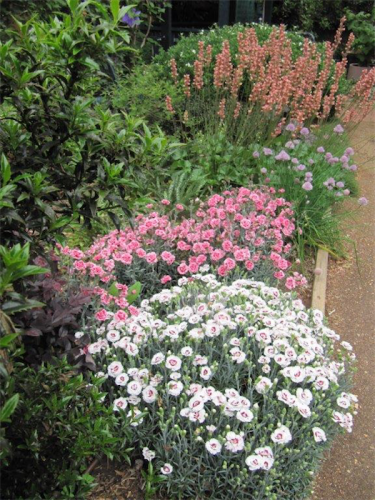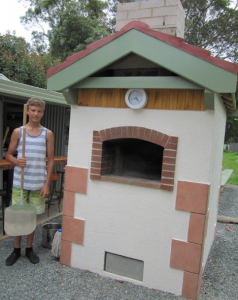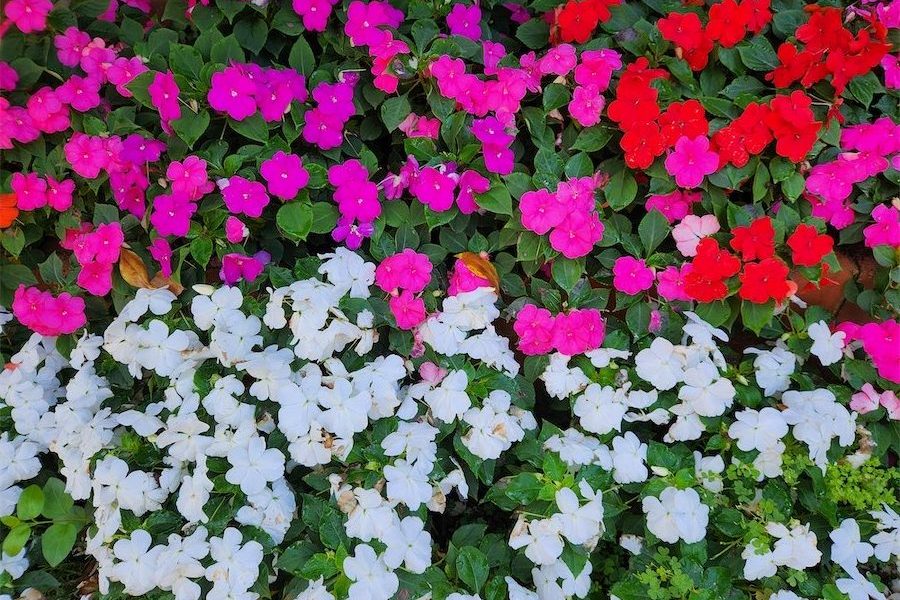PERENNIAL plants are a mainstay of any garden.
Some are evergreen, even when flowering has finished, and others hibernate for winter and appear, as if by surprise, in spring.
Other perennials provide colour even on the coldest, frosty days in winter. For example, polyanthus – with its delicate petals and striking colours appearing in the frost-covered ground.
Perennials are plants that appear year after year as opposed to annuals, such as pansies and petunias, which last one season and have to be replanted each year. In between are biennials, which are planted one season, flower the next and then die.
The great advantage of perennials is they are so easy to propagate, even for those new to gardening.
After they’ve been growing for one or two seasons, they can be gently dug up and divided, either to fill in gaps in the garden or potting-up for the local school, church fete or as a gift for visiting friends.
I divided salvias, sedums, asters and chrysanthemums in mid-July and they were ready, with plenty of roots, for sale at a plant stall in mid-September.
A great way for children to learn about gardening, they will have fun dividing plants, replanting in the garden and within weeks seeing the new growth appearing.
Seed from perennials can also be collected. While this process is slower, it can be equally rewarding, great for Christmas giving.
A way of collecting seeds before they dry and fall is to place a brown, paper bag over the flower head and tie it around the stem. The seeds will be collected and, even if it rains, the paper bag will stay intact, drying out very quickly. Don’t use a plastic bag as the seeds will sweat and rot.
 HERE’S a corner of our garden, illustrating the sheer joy of the spring/early summer garden. In the foreground is a white Dianthus “Coconut Sundae” and then the pink D. “Candy Floss”. Next the blue pom-pom heads of chives. All of these can look stunning as an edging to paths. To the left is the speckled leaves of Pulmonaria “Electric Blue”, showing its rich blue flowers since late August. The leaves stay evergreen all winter and are untroubled by frost. The tall flowers are of an unnamed Heuchera. To the left is the deciduous Daphne genkwa and in the background Daphne “Eternal Fragrance”. These look after themselves, providing months of colour. Why would you not have a great selection of perennials?
HERE’S a corner of our garden, illustrating the sheer joy of the spring/early summer garden. In the foreground is a white Dianthus “Coconut Sundae” and then the pink D. “Candy Floss”. Next the blue pom-pom heads of chives. All of these can look stunning as an edging to paths. To the left is the speckled leaves of Pulmonaria “Electric Blue”, showing its rich blue flowers since late August. The leaves stay evergreen all winter and are untroubled by frost. The tall flowers are of an unnamed Heuchera. To the left is the deciduous Daphne genkwa and in the background Daphne “Eternal Fragrance”. These look after themselves, providing months of colour. Why would you not have a great selection of perennials?
 GARDENS should be both a fun place for children and an ideal place for outdoor entertaining. Besides barbecues, why not build a pizza oven in the garden?
GARDENS should be both a fun place for children and an ideal place for outdoor entertaining. Besides barbecues, why not build a pizza oven in the garden?
Here’s a good example that our friend Frank built. It fits in with the décor as both a useful and an added architectural feature to the garden.
Jottings…
- Fertilise lawns now.
- A perfect small tree for a container on a sunny balcony is a Kumquat of Calamondin. Evergreen with a mass of bright orange fruit makes a real statement.
- As a companion plant for a container grow the new bay tree “Baby Bay”, which grows to just one metre.
Who can be trusted?
In a world of spin and confusion, there’s never been a more important time to support independent journalism in Canberra.
If you trust our work online and want to enforce the power of independent voices, I invite you to make a small contribution.
Every dollar of support is invested back into our journalism to help keep citynews.com.au strong and free.
Thank you,
Ian Meikle, editor




Leave a Reply